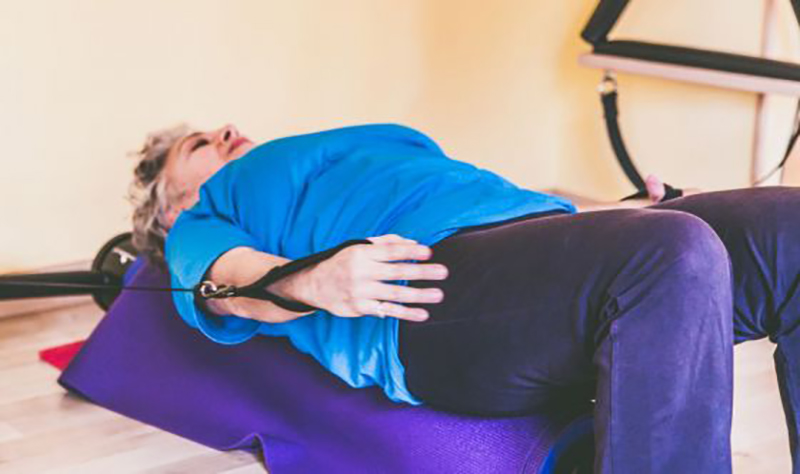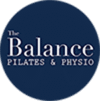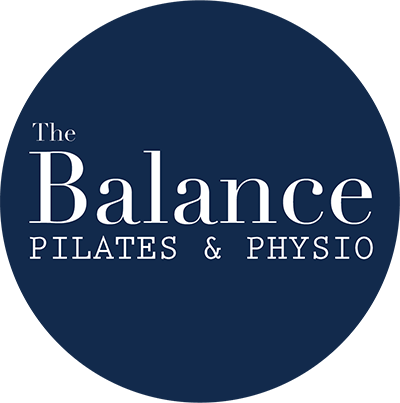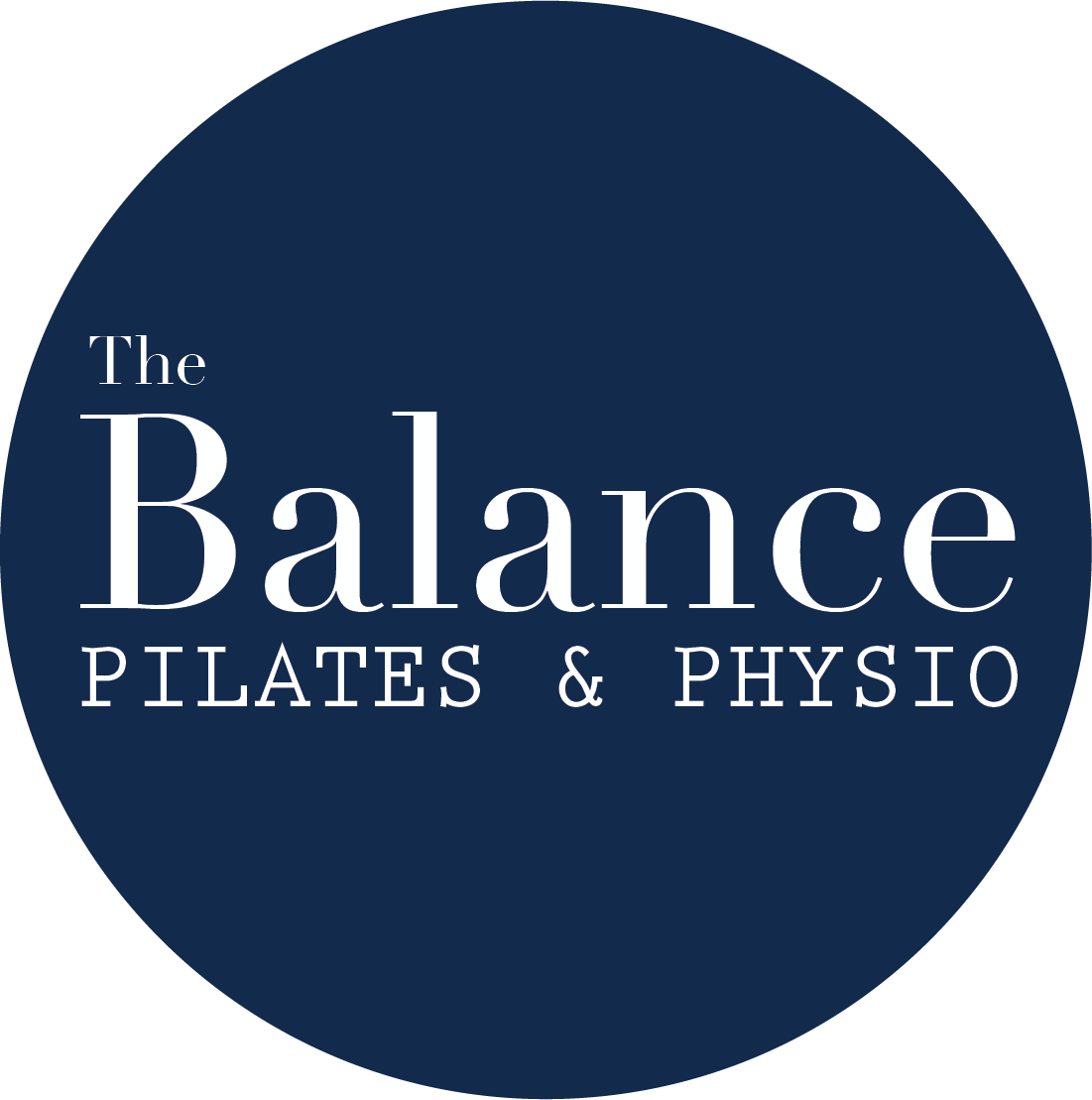Pilates for Parkinson
หลายๆคนอาจสงสัยว่า คนที่เป็นโรคพาร์กินสันสามารถเล่นพิลาทิสได้หรือไม่
คำตอบคือ ได้ค่ะ แล้วดีมากๆด้วย ถ้าคุณครูผู้ฝึกสอนมีความเข้าใจในตัวโรค
ก่อนอื่นมาทำความรู้จักโรคพาร์กินสันกันพอสังเขปนะคะ โรคพาร์กินสัน เป็นโรคของความผิดปกติและการเสื่อมถอยของระบบประสาทส่วนกลาง ส่งผลต่อการดำเนินชีวิตประจำวัน (ในที่นี้จะกล่าวถึงเรื่องผลกระทบเฉพาะที่เกี่ยวกับการเคลื่อนไหวนะคะ) ผู้ป่วยเองจะไม่สามารถควบคุมร่างกายได้ดี มีอาการสั่นเกร็ง ตามแขนขา หรือลำตัว การทรงตัวไม่มั่นคง ข้อต่อต่างๆจะเริ่มมีการล็อค สูญเสีย Mobility ในข้อต่อนั้นๆไป
สิ่งที่ตามมาทางร่างกาย สืบเนื่องมาจากข้างต้น คือผู้ป่วยจะมีท่าเดินที่ผิดปกติ เหมือนซอยเท้าสั้นๆ มักจะมี Posture ที่ค่อมช่วงอก คอยื่น รวมไปถึง Mobility ของหัวไหล่ลดลง ข้อต่อสะโพกและกระเบนเหน็บฝืด รวมไปถึงข้อเท้า ซึ่งจะส่งผลต่อเนื่องให้ผู้ป่วยไม่อยากเดิน ไม่อยากเคลื่อนไหวมากนัก เนื่องจากทำให้เกิดความเจ็บปวด ความยากลำบาก และใช้พละกำลังมากตามมาค่ะ
แต่ข่าวดีก็คือ สำหรับผู้ป่วยพาร์กินสันไม่เกิน stage 3 ยังพอควบคุมร่างกายได้ แม้จะต้องการความช่วยเหลือในบางครั้ง หากมีการขยับร่างกายแบบพิลาทิส จะช่วยกระตุ้นระบบประสาทในการเคลื่อนไหวให้ค่อยๆเรียนรู้ แล้วตอบสนองดีขึ้นในส่วนการเคลื่อนไหวนั้นๆ ผู้ป่วยเองสามารถบังคับร่างกายได้ดีขึ้น (มากน้อยต่างกันตามบุคคล) เสริมสร้างความแข็งแรงของกล้ามเนื้อกระเบนเหน็บไม่ติด ลดโอกาสการเร่งให้เกิดความเสื่อมของข้อต่อ เมื่อเริ่มบังคับร่างกายได้ดีขึ้น มีความแข็งแรงมากขึ้น ส่งผลให้ผู้ป่วยพาร์กินสันเองอยากขยับเคลื่อนไหวมากขึ้น อาการฝืดของข้อต่อที่ติดลดลง ก็จะสามารถชะลอความเจ็บปวดซึ่งเกิดจากข้อต่อที่เสื่อมได้อีกด้วย
ทั้งนี้ทั้งนั้น ควรสอบถามให้ละเอียดถึงยาที่ใช้ เพราะยาบางชนิดส่งผลต่อการควบคุมร่างกาย หรือทำให้เพลียหลับ ซึ่งควรระวังเป็นอย่างมาก รวมไปถึงความพอดีของการออกกำลังกาย เพื่อไม่เป็นการซ้ำเติมโรค จากประสบการณ์ตรงของจิเอง ถ้ามันพอดี ถูกต้อง ผู้ป่วยจะเดินมากขึ้น มั่นใจ แล้วรู้สึกตัวเบาๆ กระฉับกระเฉงขึ้น และที่สำคัญที่สุดคือ จิตใจที่แจ่มใสขึ้นด้วยนะคะ ส่วนระยะเวลาที่เริ่มตอบสนองได้ดีกับพิลาทิสขึ้นอยู่ตามแต่ละบุคคลค่ะ

Pilates for Parkinson’s
Many people may wonder if Can people with Parkinson’s practice Pilates?
The answer is yes, the most important thing is that the trainer understands the precautions when carrying out the exercise program.
First, let’s get to know Parkinson’s disease briefly.
This Parkinson’s disease is a disease of dysfunction and degeneration of the central nervous system.
It affects daily life (In this article, I will talk about the specific effects on movement).
The patient himself will not be able to control the body well. You have tremors, stiff arms, legs or body, unstable balance Joints will start to lock and you will lose mobility at that joint.
Physical consequences according to the above. Is it that the patient will have a different gait?
The patient will tend to bend forward, the neck will have more and more forward posture creating more tension in the neck in addition to reducing the mobility of the shoulders.
In the lower part of the body, the hips, ankles and knees will become more rigid which will cause the patient not to want to move or walk.
The encouraging and positive news is that in patients up to stage 3, the body can still control itself even though it sometimes needs external help.
The practice of Pilates helps to stimulate the nervous system and thus respond better when moving.
The practice of Pilates can help slow the deterioration of the joints. The consequences of strengthening the muscles and joints is the patient’s desire to move again.
– You always have to control which medicines are being used because many of them affect the control of the body or even affect sleep and consequently energy.
– In my experience the patient will begin to move better and with more confidence.
– The patient’s mind can also become clearer, all of which will depend on the person.



